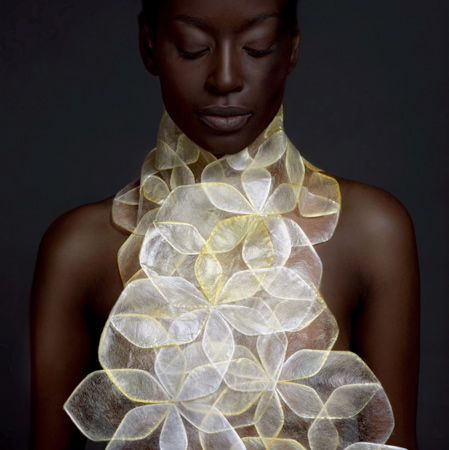
Design Academy Eindhoven graduation show 2007
We're in Eindhoven for Dutch Design Week, the highlight of which is the Design Academy Eindhoven graduation show, which opened today (Saturday).
Here is our first selection of projects from the show - more to come over the next few days.
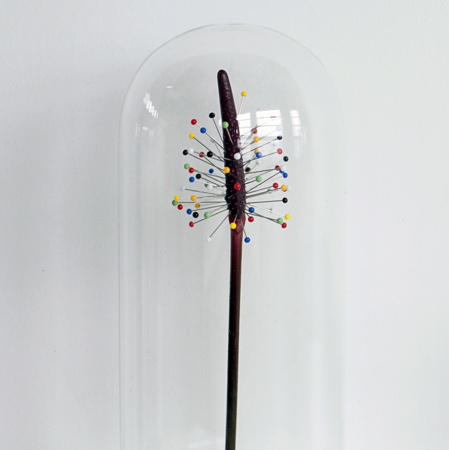
Designer: Daniera ter Haar
Department: Man and Identity
Website: www.daniera.nl
Project Name: Beleaf (above)
Project text English: Featuring items such as black-coloured plants, a voodoo flower with pins and ancient histories, Beleaf delves deeply into superstition and the myths and magical powers of old plants.
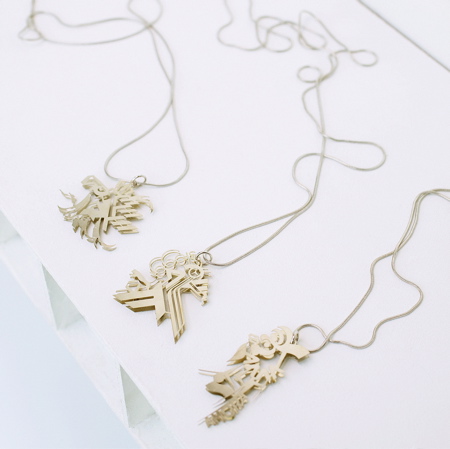
Designer: Esther de Groot
Department: Man and Leisure
Website: www.estherdegroot.nl
Project Name: Brandmerk (above)
Project text English: Representing national logos, these amulets symbolize the contradiction between the longing for security and nostalgia on the one hand and present-day Western commercialism on the other. Travellers who leave home can wear these amulets as lucky charms.
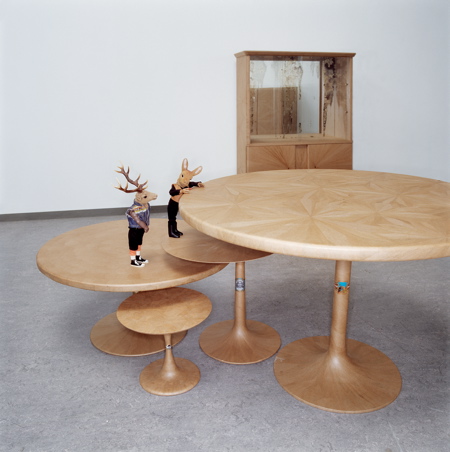
Designer: Johan Bruninx
Department: Man and Living
Project Name: plakbanterie (above)
Project text English: Concealing cracks, dents, and scratches, a second skin of ordinary brown sticky tape lends old pieces of furniture a new identity. The concept is based on the old craft of marquetry.

Designer: Elsbeth joy Nielsen
Department: Man and Activity
Project Name: A Silk Story (above)
Project text English: The raw material for these three products was produced by silkworms crawling freely across forms copying the cellular structure of the silk thread. The silk lampshade, lavender-filled bath bag and scarf demonstrate the material's exquisite beauty.
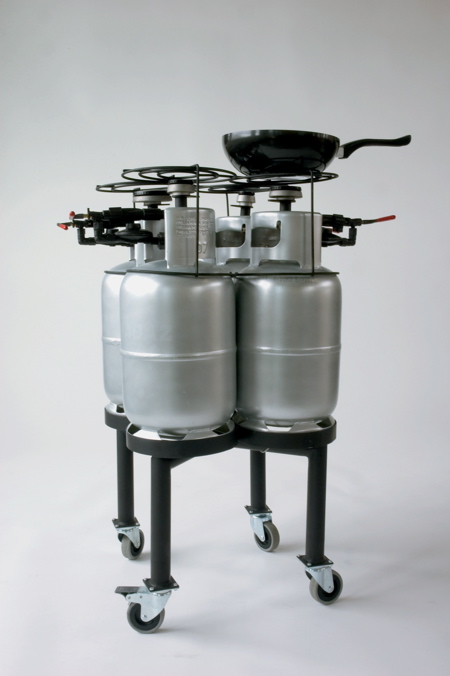
Designer: Jonathan Ben-Tovim
Department: IM
Website: www.jbentovim.com
Project Name: Safely Dangerous Kitchen (above)
Project text English: From toothbrushes to missile defence systems, the industry of safety has become a global obsession. A visit to any modern airport will reveal the desperate lengths we go to in creating the illusion of safety. However, there seems to be little scrutiny of the vast sums of money and time spent on the safety industry. Perhaps its time to ask; does safety really make us safer? This question was the basis of my investigation into the safety measures we take, and the human factors that drive these decisions.
Much of my investigation was spent on understanding the psychological factors behind safety such as risk perception, and our basic attraction to danger. Ultimately I wanted to pose the question: Do we always need safety, or is a little bit of danger just as safe? The material response to this research comes in the form of the Safely Dangerous Kitchen; a series of kitchen appliances that confront the user with certain safety 'myths' that are associated with specific products. A whole kitchen environment was created with the aim of finding the border between danger and attraction.
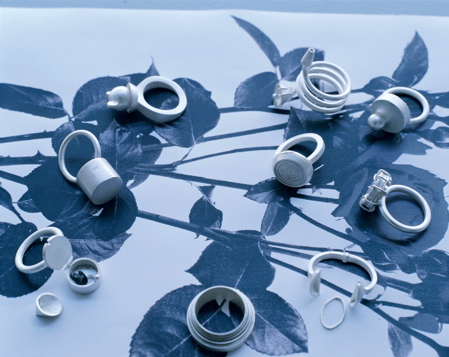
Designer: Jori Spaa
Department: Man and Well Being
Website: www.25krt.nl
Project Name: Levensringen (above)
Project text English: Ten rings containing the seeds of a plant. The wearers can unseal their rings and sow the seeds to celebrate a birth or a wedding, or to plant new life at a funeral.
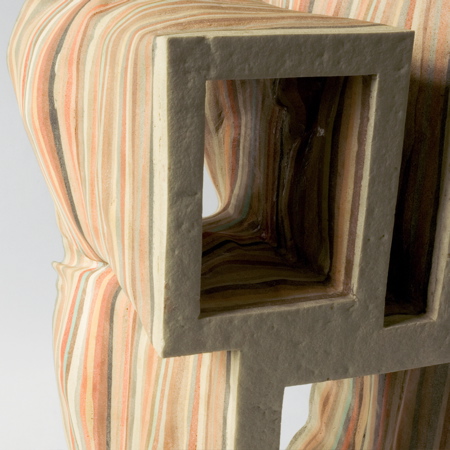
Designer: Julien Carretero
Department: IM
Website: www.juliencarretero.com
Project Name: Theme and variations (above)
Project text English: Theme and variations is a metaphor for a new view on production. It deals with creating a real and recognizable uniqueness within serial production. In music and literature, variations are use to enlarge a theme by renewing it. By making different a single piece of a whole, the variation is changing the whole itself. Based on seriality and difference, it is the art of creating a whole from a single core.
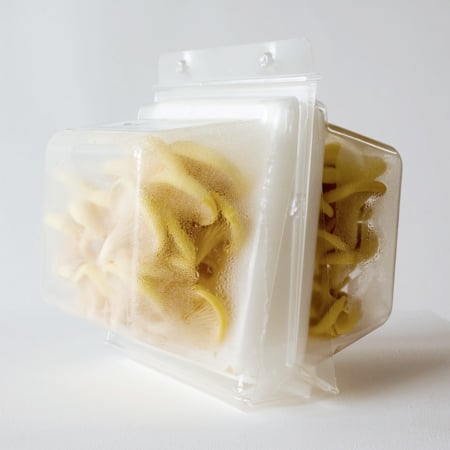
Designer: Agata Jaworska
Department: IM
Website: www.agatajaworska.com
Project Name: Made in Transit (above)
Project text English: Made in Transit is a supply chain concept working towards the development of packaging that operates on the paradigm of enabling growth rather than preserving freshness, a shift from 'best before' to 'ready by' for fresh perishable goods. The aim is to enable growth throughout the entire supply chain so that the consumer harvests the product when he's ready to consume it, resulting in a higher quality fresh good.
The concept is applied to a new system of mushroom cultivation imbedded within the distribution network, shifting the role of distribution from slowing down the process of post-harvest deterioration to enabling growth and involving the consumer for harvest at the point of consumption.